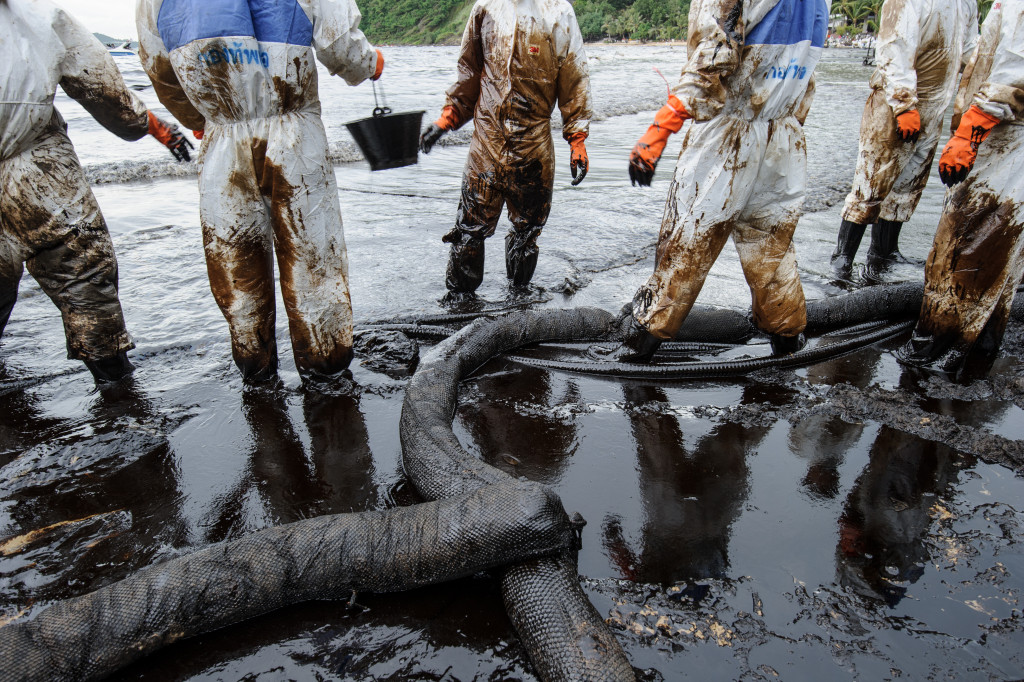The oil industry has a long and storied history, but it is also one of the world’s most polluting industries. From oil spills to air pollution, the environmental effects of the oil industry are far-reaching and devastating. So if you’re concerned about how your actions affect the environment, you need to understand how the oil industry can impact our planet.
Oil Spills
An oil spill may be one of the most notorious environmental disasters caused by the oil industry. When an accident or malfunction occurs during drilling or transportation, large quantities of crude oil can be released into oceans, rivers, lakes, and other bodies of water. The resulting damage can be catastrophic—killing wildlife, contaminating drinking water supplies, and wreaking havoc on coastal ecosystems. Oil spills have a particularly devastating effect on aquatic life; birds and fish covered in thick layers of black sludge often die from hypothermia as their feathers or scales cannot provide insulation against cold waters. Additionally, animals ingest contaminated water may suffer from organ failure or other serious health issues due to chemical exposure.
Air Pollution
Burning fossil fuels such as crude oil releases toxic gases into the atmosphere that contribute to global warming and acid rain. This type of air pollution is responsible for smoggy conditions in major cities worldwide, leading to higher respiratory illness among city dwellers. In addition to contributing to global climate change through greenhouse gas emissions, burning fossil fuels exacerbates environmental issues such as deforestation due to increased demand for energy resources like the wood used in biomass fuels.

Water Pollution
Extracting crude oil from beneath the earth’s surface creates runoff that contains high levels of nitrogen and sulfur compounds which can contaminate nearby water sources if not correctly managed. Additionally, wastewater produced during refining processes must be treated before it can be safely discharged into waterways or disposed of offsite to prevent contamination. Finally, leaking underground storage tanks can allow fuel oils to seep into groundwater, serving as a drinking water source for many communities around the world.
With so much at stake when it comes to protecting the environment from dangerous pollutants released by the oil industry, it’s clear that the U.S. government needs better regulations and technologies in place if they are going to ensure a safe future for all living creatures on this planet. Thankfully, the U.S. government is helping deal with the oil industry’s effects.
The U.S. Government and the Oil Industry
The effects of the oil industry on the environment are not new issues. Governments have been trying to mitigate and combat its negative impacts on the planet for years. The current U.S. government is no exception, with a few key initiatives recently launched to reduce oil production and consumption pollution.
Preventive Maintenance
The first step in preventing oil spills is to ensure that everything is well-maintained. A robust valscope can help detect any damage or malfunction in pipelines, pumps, and other equipment used to transport oil. The U.S. government is encouraging companies to adopt these preventive maintenance procedures to help reduce the risk of an oil spill occurring in the first place.
Oil Regulation Legislation
The federal government has implemented several regulatory laws to control emissions from oil activities, ranging from exploration and extraction of oil reserves to refining them into products like gasoline or diesel fuel for transportation purposes. These regulations include restrictions on air pollutants like volatile organic compounds (VOCs) and greenhouse gases like carbon dioxide (CO2), as well as requirements for operators of wells, refineries, pipelines, storage tanks, and other equipment used in the industry. In addition, there are stringent rules around wastewater management, including treatment processes that help reduce pollution levels before the wastewater is released back into bodies of water or aquifers below ground level.
Renewable Fuel Standards
Congress established the Renewable Fuel Standard (RFS) program in 2005 with the primary purpose of reducing emissions associated with petroleum-based transportation fuels by increasing the availability of renewable energies such as ethanol and biodiesel blends over time to meet specific minimum requirements set by law each year. In addition, this program encourages greater use of renewable fuel sources by requiring refiners and importers of petroleum-based transportation fuels to blend a minimum amount into their product mix annually or purchase credits known as Renewable Identification Numbers (RINs). Currently, these standards require an annual average blend rate of 10% renewable fuel in all gasoline sold in the United States, but they are set to increase over time as more advanced technologies become available that can produce higher blends efficiently without compromising engine performance or vehicle safety.
The oil industry is one of the most influential industries in the world, and it’s essential to understand how it affects the environment. By implementing these things, the U.S. government is helping to reduce the negative impacts of oil production on our planet. This helps ensure a safe future for everyone.




